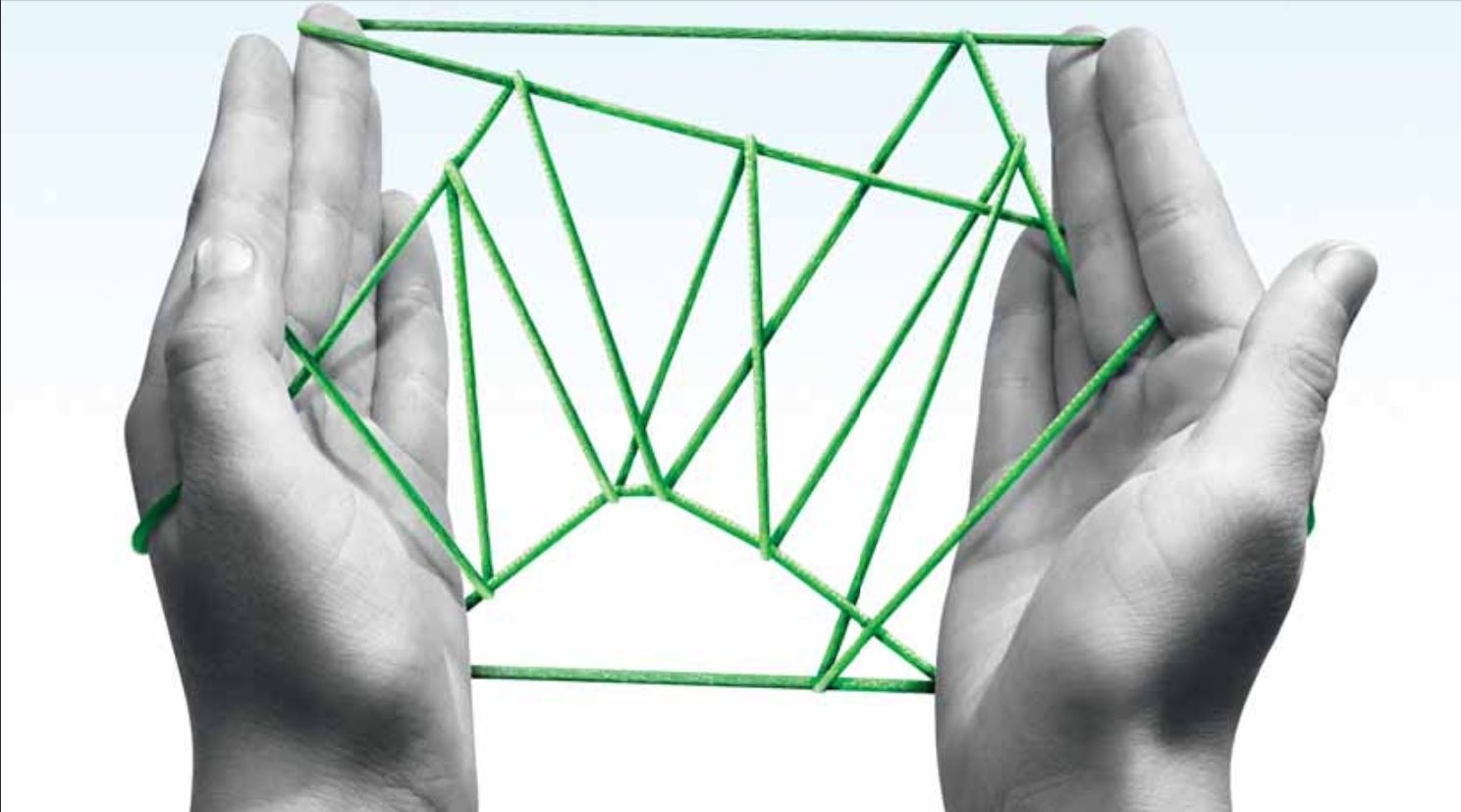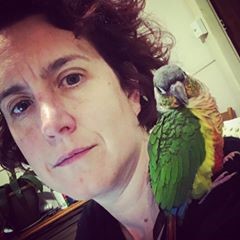
Signed on the 5th December 2008 the Melbourne Declaration supersedes the 1989 Hobart Declaration and the 1999 Adelaide Declaration. The Melbourne Declaration outlines ‘The Educational Goals for Young Australians’ and represented collaboration and joint agreement between all Australian Education ministers – the federal education minister and the eight education ministers of the states and territories. Goal One states that ‘Australian schooling promotes equity and excellence’ and Goal Two is that ‘All young Australian become: successful learners, confident and creative individuals, and active and informed citizens’ (p. 7).
Many of the elements of the Melbourne Declaration were present in both the Hobart and Adelaide Declarations. Common elements of the three national educational goals documents include:
- the desire for Australia’s schooling system to be characterised by ‘excellence’
- a holistic view of education, which provides for students’ intellectual, physical, moral spiritual and aesthetic development.
- to develop in students an appreciation of our cultural heritage
- a desire to equip students for the future workplace and to meet the emerging needs of the economic workforce
- to foster positive attitudes to vocational training and life-long learning
- the creation of an active and informed citizenry
- provisions for the development of students’ fitness and health
- a robust curriculum that includes basic literacy and numeracy; computing and technological skills, maths and science; Australian history and geography, the creative arts, languages other than English, and a values education that includes ethics, environmental concerns and social justice.
In addition to these common elements, the Hobart Declaration (signed in 1989) describes the establishment of efforts to develop a national curriculum and the commitment of the states to the establishment of a common handwriting style, common age of school entry and strategies to improve the quality of teaching (MCEECDYA, 2009).

We are due for an update
Continue reading →





